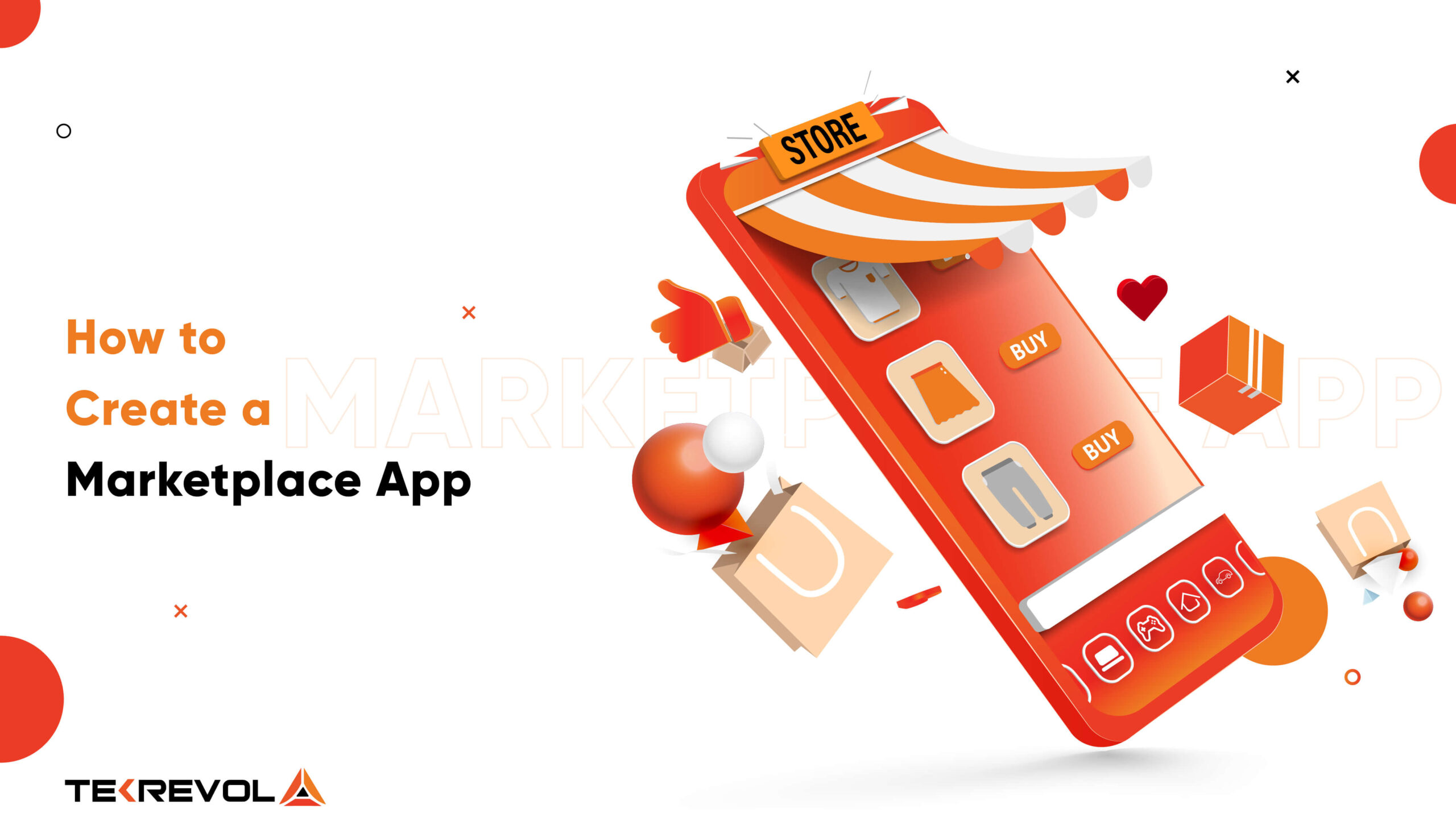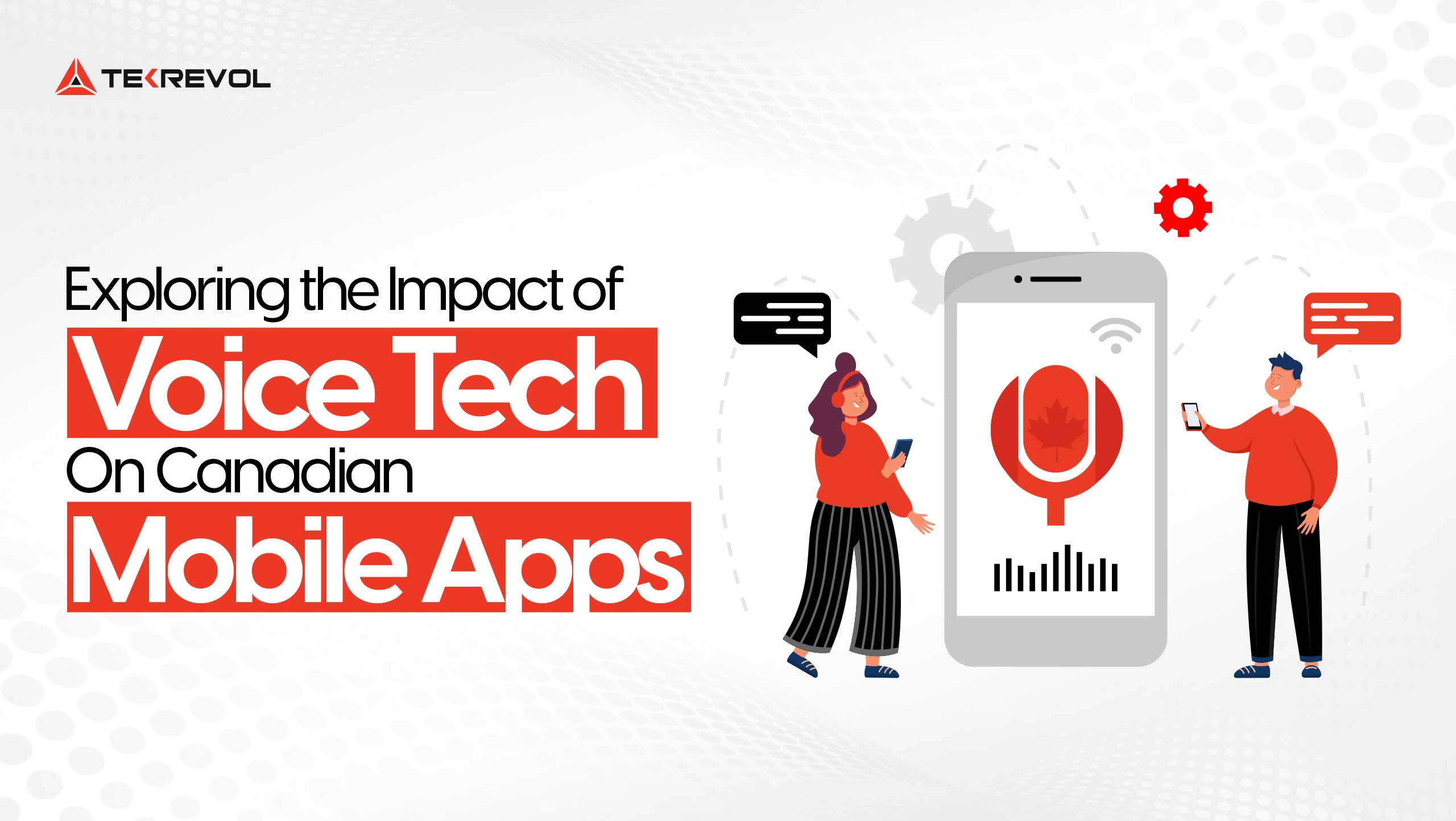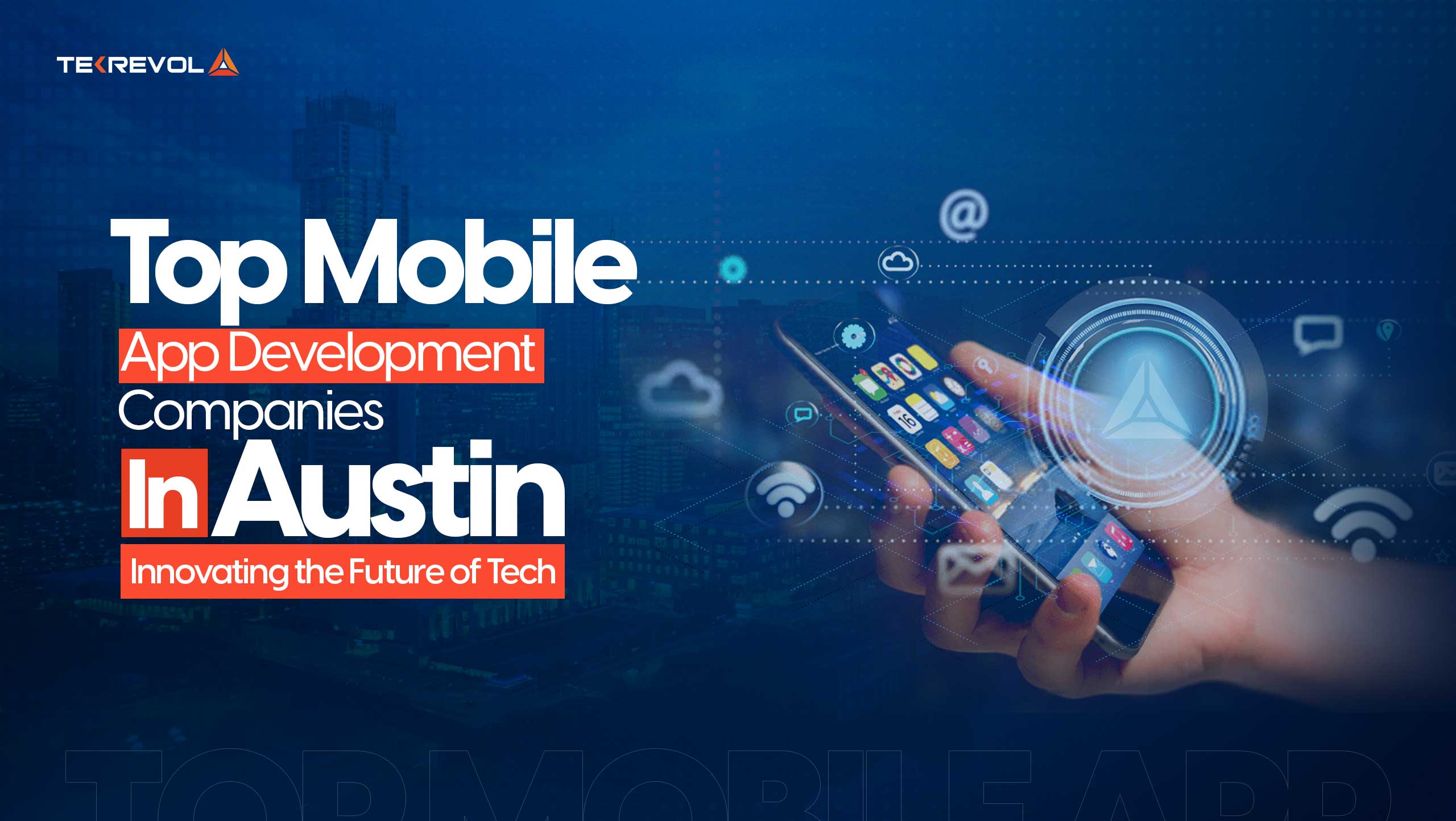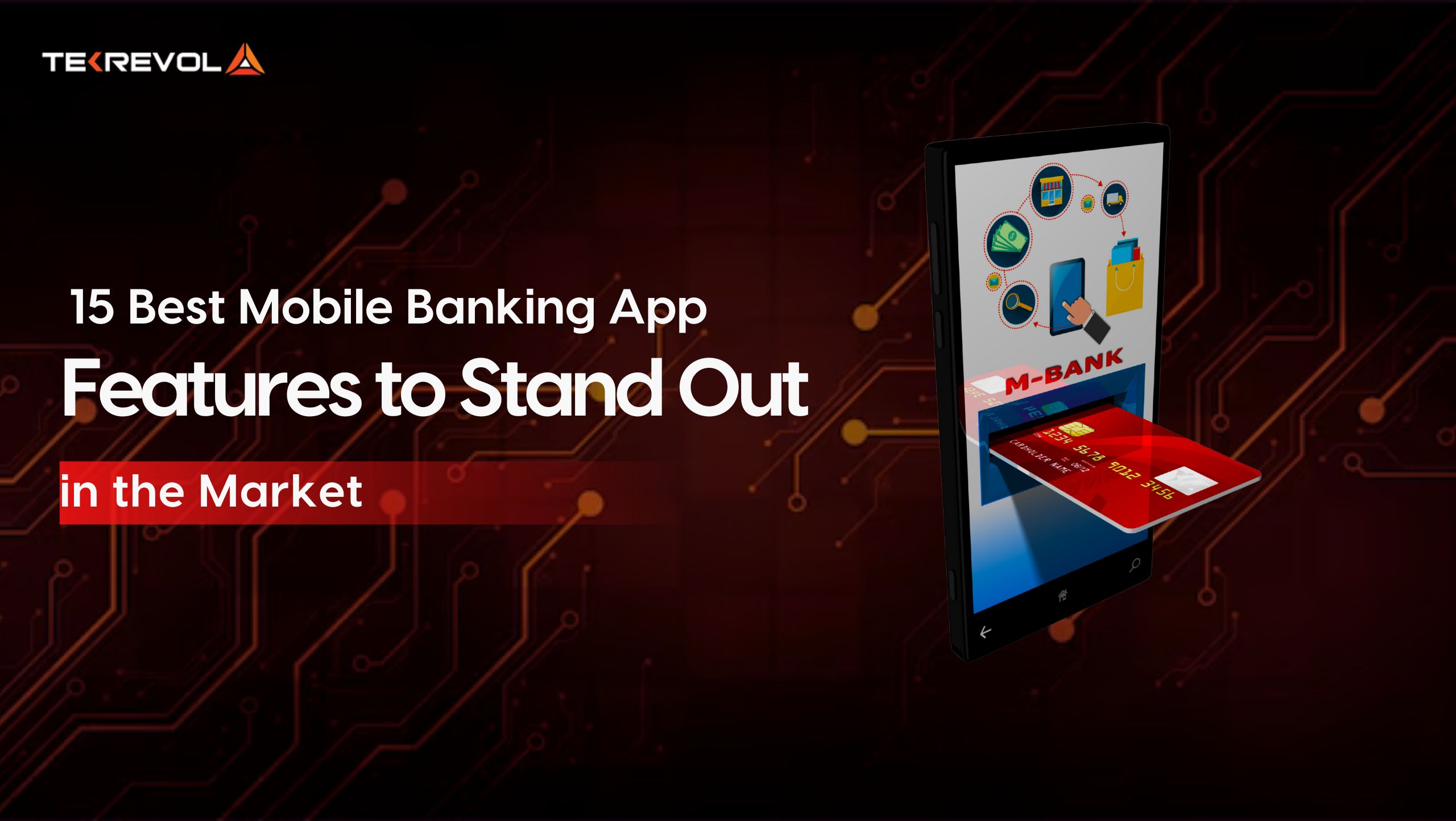Online marketplaces are growing in number and popularity. They deliver exceptional user experience, help complete purchase cycles, share shopping and customer attendance load from physical stores, and deliver business value. The concept and business model was already receiving enough hype because of its convenience, and the pandemic gave online marketplaces enough push.
But when building such applications, you need to know the types of custom software development services and how and when to employ them. These can even confuse the most experienced as well, and that is why you should keep your research strong.
Knowing what you are looking to build can be a great way to get started. It will not only save you a lot of time but will also guide you whenever you run into unseen roadblocks during the development.
If you are an appreneur wondering how to create a marketplace app and how they make money, this guide has everything you need on the subject and covers the following areas:
- Marketplace app, definition, types, and examples
- Marketplace app research – cost, monetization, business models
- Trending marketplace app niches for 2022
- 5-Step marketplace app development process
- Marketplace app development options for appreneurs
What Is a Marketplace App?
Marketplace app is an electronic platform for buyers and sellers of products and services. It may serve as an online extension of a brick-and-mortar commerce business like Walmart or have an entirely ‘digital’ existence like Etsy, Upwork, and Udemy.

Because of the easy user experience, online payment options and delivery tracking features, these marketplace apps are getting more and more popular.
Marketplace apps are pretty much multiple online stores operating together under a single digital umbrella – only that technically, these apps are standalone digital assets and different from websites in development architecture and performance platforms.

Types of Marketplace Apps
Marketplace apps can be divided into three broad categories:
1. Global marketplaces
Global marketplaces are the biggest buying and selling platforms that have all products and services for all types of industries. Amazon, Alibaba and Walmart are popular examples of marketplaces. From a keto supplement to a productivity planner – users can find everything on the platform from basic items to luxuries.
2. Horizontal marketplaces
Horizontal marketplaces are medium in terms of products, services, target audience and overall scope. These marketplaces have specific line products and services catering to multiple industries, sectors and subsectors, professions, and so on.
Grailed is one of the most popular examples of horizontal marketplaces. It is an app for buying and selling menswear. Men can find a wide variety of everything, starting from tuxedos to loafers, casuals, to formals.

3. Vertical marketplaces
Vertical marketplaces are super niched down. They sell specific products and/or services for a specific group of users. TeeMates is a social media platform with a marketplace, and the entire app is dedicated to global golfers. Similarly, we have Uber that brings together drivers with cars and users who want to book rides for personal or low-scale professional traveling.

Researching The Market Before Creating A Marketplace App
Be it an app-based business, a consultancy firm or even a small blogging website, market research is the key to pre-execution success.
Here are the key factors you need to assess during your market research:
Idea evaluation
Idea validation or feasibility is the first part of your research. As an appreneur, you need to ask yourself:
- Do I want to start a marketplace for a specific product or service or a wide range of products or services?
- Do I want to sell to a smaller specialized target audience or a general one?
- Do I have a special buyer persona in mind? (Demographics, age, location medical or psychological background of my target app users)
- Do I have special sellers’ profile in mind? (Demographics, age, location or background)
Popular Marketplace App Niches for 2022
To draw product or service inspiration, here is a list of popular industries and niches to check:
| Niche Market
For Horizontal Marketplaces |
Product/Seller Examples
For Vertical Marketplaces |
| Fashion, jewelry, skincare
This is an ever-green market and will never slow down unless there is a shopping ban reformation. DIY products, organically manufactured specially, are great players in the market. |
|
| AR/VR related accessories
You can advocate this technology as an early adapter and position your platform as a core marketplace for this niche. According to Statista, the current global market size of AR/VR is 30.7 billion US dollars, while the market will reach 124.4 and 296.9 billion US dollars in 2023 and 2024, respectively. |
|
| Smart Home Products
The niche is highly competitive, and you can choose to earn from product listing and commission on sales |
|
| Fitness and Healthcare Equipment
|
|
| Sports
As common as it sounds, as profitable as you can make it! Either provide value addition by niching down or lower the cost and delivery time to earn big profits! |
|
| Books
Amazon started as a bookseller. We still have apps like Bookship and platforms like Goodreads that affiliate for books and literary items. The target audience is limited, and the niche is competitive. |
|
| Mental Health Products
There are dedicated mental health and meditation apps like Calm and Headspace that sell in-app purchases. But they don’t sell physical products. There is a gap, and your marketplace app can capitalize on it. |
|
| Art and Home Décor
This niche contains everything from traditional art to furniture products, indoor water features, and whatnot! |
|
| Baby and Pet Products
You can integrate digital consultancy APIs and product pages in one app to make it more niche-specific. |
|
| Online Courses
Udemy, Coursera, Future Learn, Khan Academy, Alison, Udacity, and LinkedIn learning are exemplary marketplaces you can seek inspiration from! |
|
| Digital Items
Creative Fabrica, Envato Elements, Theme Forest, Creative Market, Design Bundles, Hungry JPG are popular digital assets marketplaces. The niche is competitive yet still has space because of the growing interest in digitization |
|

Cost And Time Required for Marketplace App Development
Once you have your basic app idea, the problem it would solve, and the market it will target, it’s time to dig deeper into financial standpoints.
How much does it cost to develop a marketplace app?
Marketplace app development starts from $40,000 for basic apps. Apps with mid-level features and profiles can cost somewhere between $55,000 – $70,000. Advanced-level applications that show custom reports, seller statistics, offer offline mode, etc., cost between $75,000 – $90,000.
- Interested in scoping your marketplace app idea?
- Estimate app development cost today!
How much time does it take to develop a marketplace app?
A basic marketplace app can be developed in 4-6 months. As the complexity of features grows, the development hours increase too.
However, if you have planned to develop a high-magnitude marketplace app from a top-notch mobile app development agency, it can still be developed in 5 months with careful planning, efficient resource allocation, and using advanced technology.
Marketplace App Competitors
Though technically, you won’t have a lot of equivalent competitors if you are choosing to invest in horizontal or vertical marketplaces. It is still ideal for checking the UI, UX, delivery channels, payment options, and app flows of your favorite businesses to seek inspiration.
Business Models of Marketplace Apps
Check how different applications are operating and earning. They might have central warehouses, pick-up or delivery points, local or independent delivery channels, discount options, reward systems, and affiliates, and so on.
The business potential section has three main types of business models, and all marketplace and ecommerce applications fall in either of the categories.
Monetization Strategy for Marketplace Apps
Here are the top 5 monetization ideas for your marketplace apps:
- Launch a free app. Then earn through sponsored advertisements.
- Charge registration and listing fees and earn sales commission from sellers.
- Launch a paid app that earns through a subscription model.
- Launch a free app, and earn through affiliate coupons and discounts.
- Develop a freemium app. that provides basic features and limited transactions for free, and charges a membership fee for premium features.
Once you have all these research points in place, document them in a business plan, estimate the development budget, revenue for the first year, no. of downloads and marketing efforts in a business plan.
How To Create A Marketplace App – 5-Step Process
- Choose the type of marketplace app you want to develop.
- Create a development strategy.
- Decide marketplace app features you want to add.
- Complete technical specifications.
- Test the app and deploy.
After the quick rundown of steps, here is a detailed overview of steps:
1. Choose the type of marketplace app you want to develop.
Horizontal and vertical marketplaces differ in the concentration of/on products and services, plus the target end-users. Your decision to develop a marketplace app should primarily depend on these factors.
Horizontal online marketplaces showcase diverse products and services, and so they attract a larger user base. This means the app should have a more robust user experience, database and capacity to accommodate a large chunk of users at any given time. A smooth user experience and strong technical architecture are all that matter. These are the primary factors that affect the cost.
Vertical marketplaces are heavily niched down. They offer lesser diversity in products and services and comparatively cater to a smaller user base than the horizontal marketplaces. The load, user profiles, databases and features are relatively smaller in magnitude, and so is the cost.
2. Create a development strategy.
Once you have decided the type of app you would like to invest in, it’s time to hire an android app development team and discuss the agile methodology it would follow for your project. Development strategy comprises the following factors:
- Platform/device the app is for – Android, iOS, web application, or cross-platform
- The magnitude of app project – MVP, fully-functional app, advanced functionalities, etc.
- Goals behind app development (important for feature specification)
- Technology stack, database, and APIs the development team will use
- Milestones and development completion timelines
- Monetization models and innovation strategies
If you have documented a business plan already, you can choose to skip this step, especially if are a non-tech appreneur. That’s because app development companies already work on comprehensive proposals and level of effort documents. Though it is ideal, you create a rough map of these factors as homework before your first consultancy or onboarding call.
3. Decide marketplace app features you want to add.
Though you can choose to skip or add as many app features as you want, we suggest appreneurs keep their apps minimalistic, match the scope of the app with the app goals, and cut down on any features that don’t directly serve the purpose or boost user experience.
Etsy, Alibaba, Amazon and Udemy have these features in common:
- Detailed product listing pages and seller profiles
- Advanced search options and filters
- Product rating and review options
- Delivery tracking
- Guest signup features with Google, Facebook and Apple
- 2Factor authentication
- Multiple payment methods like Google Pay, Amazon Pay, Apple Pay, Stripe
- Push notifications and social media integration
- Instant Add to cart or Wishlist
- Customer support chatbots
Remember that an app is as good as its features. Too many features can overwhelm certain users, while too less of them will hurt the user experience. For this, it is ideal to launch an MVP first with only essential app features and then update as the app becomes popular and the user base grows. Read this article about mobile app features.
4. Complete technical specifications.
Most appreneurs, especially ones who wish to apply for third-party funding, demand an app prototype before developing an actual working digital product. These prototypes are visual models ideal for startups and are important for pitching to investors.
As of now, prototype development is highly optional, and you can start technical development with or without a prototype as per your preferences and budget.
The technical development of marketplace applications can be divided into three layers:
Back-end development: this part of the marketplace application is the server-side, which holds confidential, actionable data fetched from the seller and buyer profiles. All important payment details, order management, product information like SKUs, etc., are stored in placeholders. These placeholders are coded in the core architecture of the app – the backend. For a smooth user experience, your developer should code the backend of the app to precision.
Front-end development: this part of the marketplace app interacts directly with the app user – hence called the client-side. All the actions that users perform on the app screen, e.g., browsing drop-down menus, add to cart, wish listing, product filtering, primarily take place on the front-end, and instructions for action completion are passed to the backend.
API integration: API, also called the Application Programming Interface, is the intermediate layer between the backend and front-end. APIs exchange data and make development simpler and time-effective. The most common examples of APIs are the signup features: Signup with Google, Signup with Facebook, etc.

An app is technically complete and ready for the next stage when backend and front-end development with API integrations are done.
Source: Google Developers
5. Test the app and deploy.
Once the app is technically complete, it’s time to test and deploy it on the mobile app markets.
For testing, there are usually two approaches:
- Developers complete the app then forward it to their testing and QA department for user acceptance testing, speed, performance, and bugs.
- Developers complete the MVP, then forward it to the client, who then distributes it in the community and seek improvement feedback in the real-user environment.
Both of these testing measures have their perks and are used in a combination. Though, the latter helps with marketing the app too. Though, this is only recommended when you are confident about the marketplace app’s performance and won’t attract negative publicity.
During the testing phases, here are 5 factors that the QA department looks into:
1. Loading speed and performance of the app.
2. Content, UI, and UX acceptance for real targeted users.
3. Bugs and viruses.
4. Data security and privacy – especially from financial standpoints.
5. Penetration assessment and responses to hacking attempts.
App issues in the aforementioned five areas are identified and forwarded to the development team for fixes and improvements. The testing step is repeated until the app is error-free and deployable. Once the QA personnel gives the go-ahead, the app is delivered to the client with its source code, digital assets, branding elements, and design resources. All of these assets legally belong to the app owner unless developed by third parties for commercial use.
After delivery, the appreneur can choose to deploy the app through its native development team, hire a dedicated professional or apply for an app patent.
In any case, the deployment starts with purchasing a developer’s account. Google Play account for Android apps, and Apple developer’s account for iOS apps. Google Play account charges a one-time fee of 25 USD, while the App store charges 99USD annually.
During the app submission and approval phase, ensure you submit accurate information about categories, features, processes, etc. This helps the approval process and eliminates the chances of rejection.

Marketplace App Development – Options for Appreneurs
These are three major business models you can choose from when investing in marketplace or shopping app development:
Ecommerce Mobile Applications
These are full-stack ecommerce and retail shopping mobile applications. Developed with a modern technology stack, these can be one-stop solutions for all of the shopping needs. Teleport your products and services into your target audience’s hands, engage with your buyers in real-time and provide them a user experience similar to in-store shopping all within one app.
Marketplace Applications
Slightly different from ecommerce applications that have limited admin panels, marketplace apps like Amazon and Etsy host thousands of buyer and seller profiles simultaneously – just like an actual marketplace. Provide a selling platform and earn commissions, all while providing a robust shopping experience to users on the buying side.
Marketplace Feature Integration
You can choose to integrate the buying and selling feature in a conventional mobile app that supports a specific cause.
One of our applications, TeeMates, a social media networking platform, has marketplace features within the app, and the app is now getting popular with the target audience because of the niche trading features.
Read the full case study here.


Over to You
Marketplace apps, including B2B and B2C, have significantly boosted the online shopping experience around the world. More importantly, these marketplace apps are lucrative business ventures for appreneurs who don’t want to manage supply chain and inventories, but still want to capitalize on users’ growing need to shop online.
If you have an epic marketplace idea, Tekrevol’s ecommerce development department has key business insights to successfully launch your app and skyrocket your business.
- Want to create a marketplace app that would be the next big hit?

 2706 Views
2706 Views December 13, 2021
December 13, 2021









